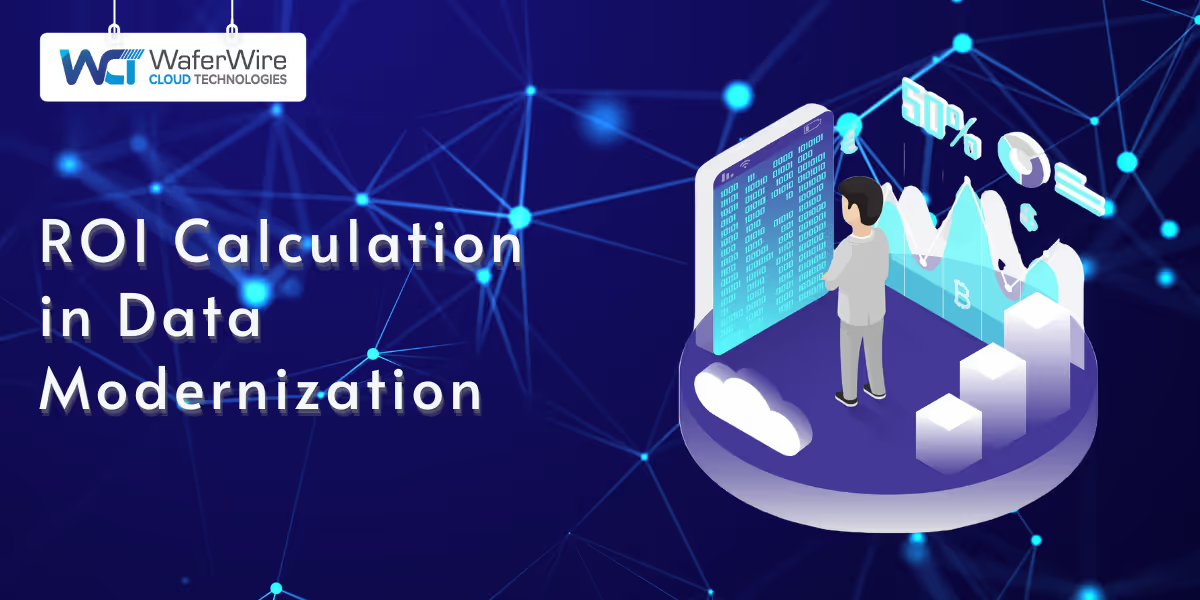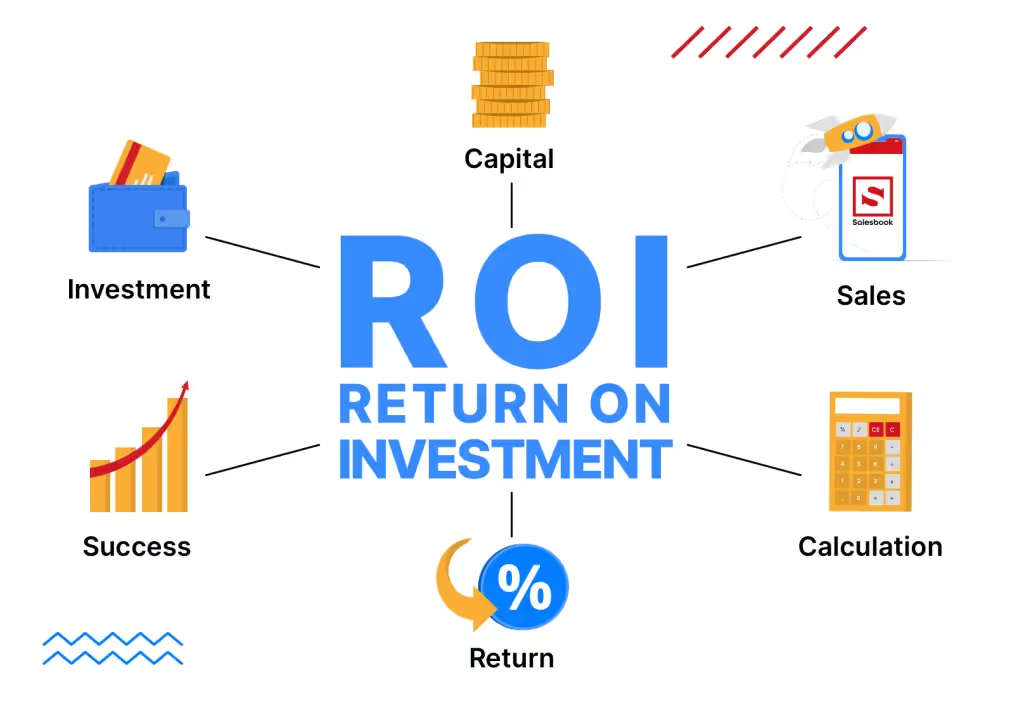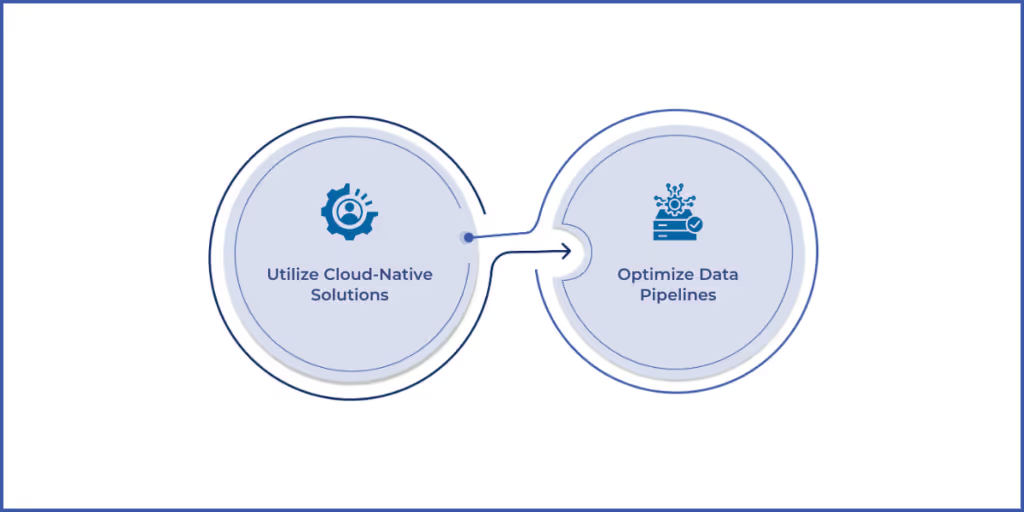

Measuring ROI in data modernization is essential for assessing the value gained from upgrading data infrastructure and processes. By focusing on measurable returns, businesses can align their modernization efforts with long-term strategic goals.
In this blog, we will explore the importance of ROI in data modernization, key strategies to maximize it, and practical steps organizations can take to achieve sustainable success.
Understanding and prioritizing Return on Investment (ROI) is essential when planning data modernization initiatives. Modernization efforts that fail to yield clear and measurable results often lead to wasted resources and missed opportunities.
ROI serves as a critical benchmark to evaluate whether the financial and operational improvements achieved through modernization justify the associated costs. It enables organizations to focus on the most impactful initiatives, ensuring resources are directed toward projects with the highest potential returns.
By linking modernization goals to specific outcomes, businesses can prioritize areas where modernization creates the most value. Efforts like reducing data silos, automating workflows, and improving decision-making processes can significantly enhance ROI.
Having established the importance of ROI, the next step involves understanding how to calculate it effectively to guide modernization efforts.

Accurately calculating ROI requires a systematic and detailed assessment of current processes and their inefficiencies. This foundational step ensures that the benefits of modernization are measurable and directly tied to the organization’s strategic objectives.
Achieving a strong ROI from data modernization requires adopting approaches that optimize both technology and processes. By leveraging modern tools and frameworks, businesses can unlock greater value from their data systems.

Cost optimization plays a central role in driving ROI, particularly for businesses seeking to modernize their data infrastructure without incurring excessive expenses.
Streamlining data pipelines helps minimize resource consumption and improves process efficiency, ensuring that systems run smoothly without unnecessary expenditures. This optimization not only reduces costs but also enhances the scalability and flexibility of data systems.
Beyond cost savings, optimizing the overall infrastructure is essential to achieve higher returns from modernization efforts.
Modernizing the infrastructure that supports data operations is a crucial step toward ensuring sustained returns on investment. A well-optimized infrastructure enables organizations to scale operations effectively while maintaining high performance.
Table: Optimizing Infrastructure Practices and ROI Impact
PracticeBenefitROI ImpactIntegrated Data ManagementStreamlined operations and reduced delaysIncreased efficiency and faster ROIMetadata-Driven InsightsEnhanced data reliability and accuracyBetter decision-making and usabilityAutomated PipelinesReduced manual intervention and errorsLower operational costsReal-Time AnalyticsFaster access to actionable insightsQuicker response to market demandsAI-Driven Predictive AnalyticsImproved forecasting and proactive strategiesEnhanced revenue growth opportunitiesAI-Driven Prescriptive AnalyticsOptimized decision-making with scenario evaluationsMaximized resource utilization and ROIScalable Cloud InfrastructureSeamless handling of increasing data volumesCost savings and improved system agilityUnified Data Governance FrameworkCompliance with regulations and reduced risk exposureAvoidance of penalties and improved trust
To ensure continued success in modernization efforts, organizations must implement mechanisms to monitor and improve ROI consistently.
Continuous monitoring and refinement of modernization strategies are essential to maintain and enhance ROI over time. This involves leveraging data-driven insights and predictive tools to adapt to evolving business needs.
Empowering teams to effectively use and maintain modernized systems is a critical component of achieving sustainable ROI. Investing in employee training ensures that technology is used to its full potential.
Aligning data modernization strategies with ROI goals is critical for achieving both immediate and long-term benefits. By focusing on measurable outcomes, businesses can justify investments, streamline operations, and position themselves for sustained growth.
With tailored modernization solutions, WaferWire empowers organizations to confidently tackle the complexities of modernization while achieving maximum returns. As the data landscape continues to evolve, embracing strategic modernization approaches will be vital to sustaining business success.
Ready to transform your business with expert guidance? Contact us today!

